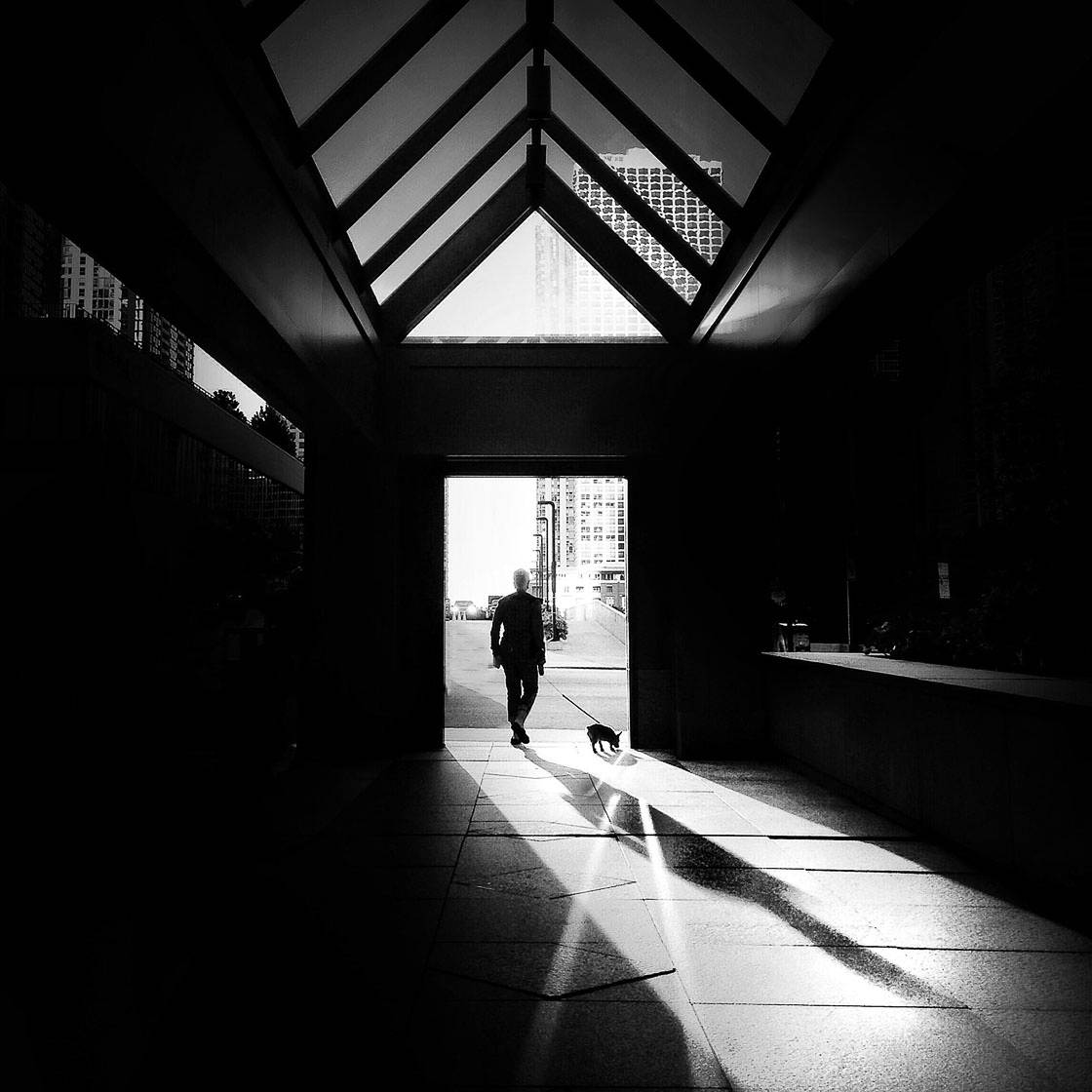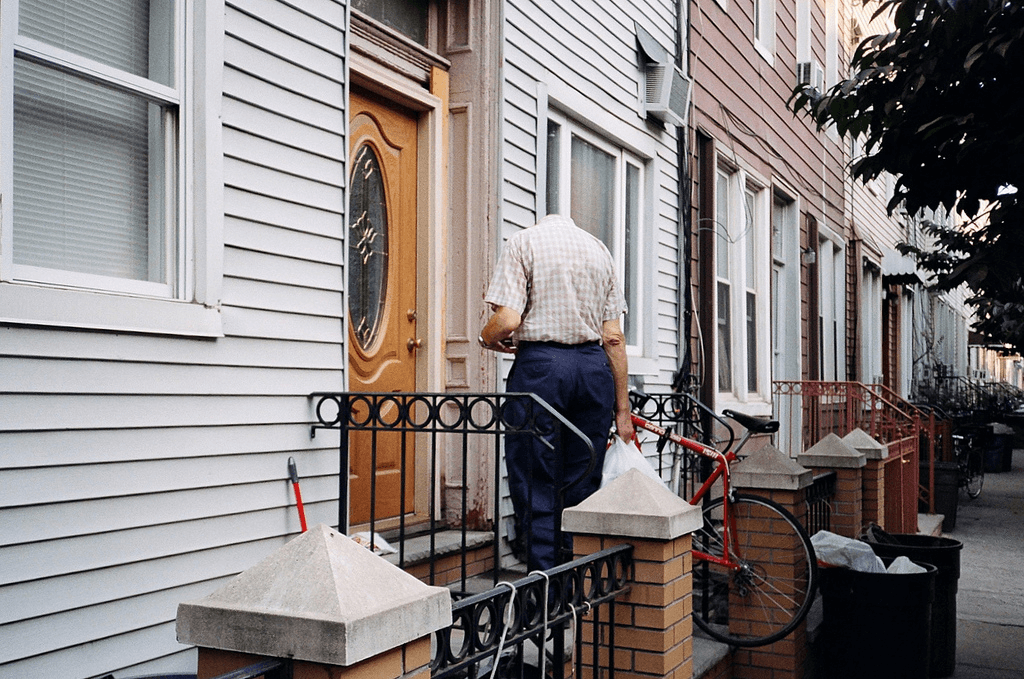The Facts About Street Photographers Revealed
The Facts About Street Photographers Revealed
Blog Article
Street Photographers - Questions
Table of Contents6 Easy Facts About Street Photographers ShownAbout Street PhotographersThe Best Guide To Street PhotographersAn Unbiased View of Street PhotographersUnknown Facts About Street Photographers
, a category of photography that records everyday life in a public area. The very publicness of the setup enables the digital photographer to take candid photos of unfamiliar people, frequently without their knowledge. Road digital photographers do not always have a social purpose in mind, yet they like to separate and capture minutes which might or else go undetected.He was influenced by several of those who influenced the road digital photographers of the 1950s and '60s, he was not chiefly interested in catching the spirit of the road. The impulse to aesthetically document people in public started with 19th-century painters such as Edgar Degas, douard Manet, and Henri de Toulouse-Lautrec, that functioned side by side with professional photographers trying to record the essence of metropolitan life.
Due to the fairly primitive technology available to him and the long exposure time called for, he battled to record the hustle and bustle of the Paris roads. He trying out a series of photo techniques, attempting to discover one that would enable him to catch activity without a blur, and he located some success with the calotype, patented in 1841 by William Henry Fox Talbot. In contrast to Atget, digital photographer Charles Marville was employed by the city of Paris to develop an encyclopaedic paper of Haussmann's metropolitan planning task as it unfolded, therefore old and brand-new Paris. While the professional photographers' topic was basically the very same, the results were substantially different, demonstrating the influence of the digital photographer's bent on the personality of the photos he created.
Not known Facts About Street Photographers
Given the great high quality of his photos and the breadth of material, architects and musicians usually purchased Atget's prints to make use of as referral for their own work, though commercial passions were rarely his main motivation. Rather, he was driven to picture every last remnant of the Paris he enjoyed. The mingled enthusiasm and necessity of his goal luster through, causing photographs that tell his very own experience of the city, high qualities that expected street digital photography of the 20th century.

Unlike his peers, Brassa made use of a larger-format Voigtlnder video camera with a much longer direct exposure time, discover this info here forcing him to be extra calculated and thoughtful in his method than he might have been if utilizing a Leica.

Examine This Report on Street Photographers
It is as a result of this fundamental understanding of the art of photo taking that he is usually attributed with uncovering the tool throughout once more roughly a century given that its invention. He took photographs for more than a half century and affected generations of photographers to trust their eye and intuition in the moment.
These are the questions I shall try to address: And after that I'll leave you with my own interpretation of street photography. Yes, we do. Let's begin with defining what a meaning is: According to it is: "The act link of specifying, or of making something guaranteed, unique, or clear".
No, most definitely not. The term is both limiting and misguiding. Seems like a road digital photography ought to be pictures of a streets ideal?! And all road digital photographers, with the exception of a handful of outright novices, will fully appreciate that a road is not the crucial part to road digital photography, and actually if it's a photo of a street with maybe a couple of monotonous people doing nothing of rate of interest, that's not street digital photography that's a picture of a street.
The Main Principles Of Street Photographers
He makes a legitimate factor don't you assume? Nevertheless, while I agree with him I'm unsure "honest public photography" will certainly catch on (although I do type of like the term "honest photography") due to the fact that "street photography" has been around for a long period of time, with many masters' names affixed to it, so I think the term is here to remain.
You can fire at the coastline, at a festival, in a street, in a park, in a piazza, in a cafe, at a museum or art gallery, in a metro terminal, at an event, on a bridge, under a bridge ...
The Street Photographers Ideas
Yes, I'm afraid we have no choice! Without guidelines we can not have a definition, and without a meaning we don't have a style, and without a category we don't have anything to define what we do, and so we are stuck in a "guidelines interpretation category" loophole! - Street Photographers

Report this page